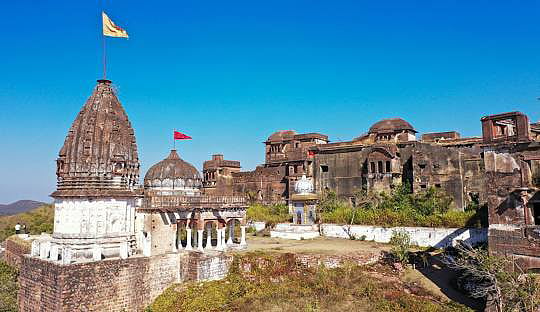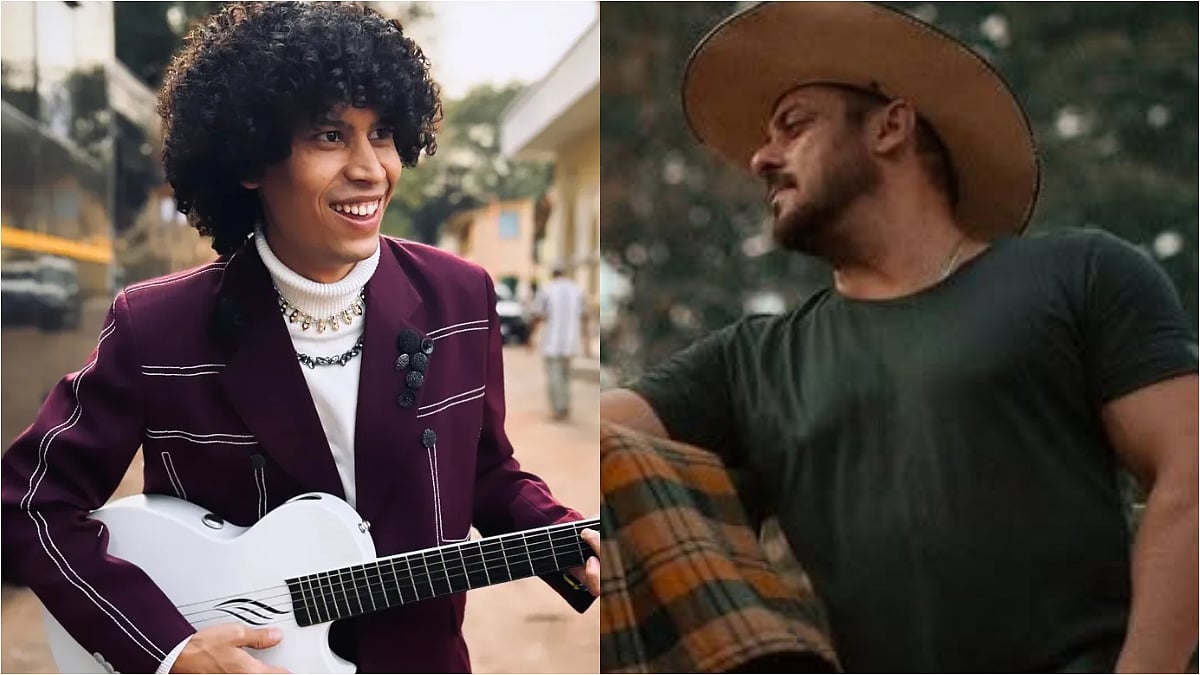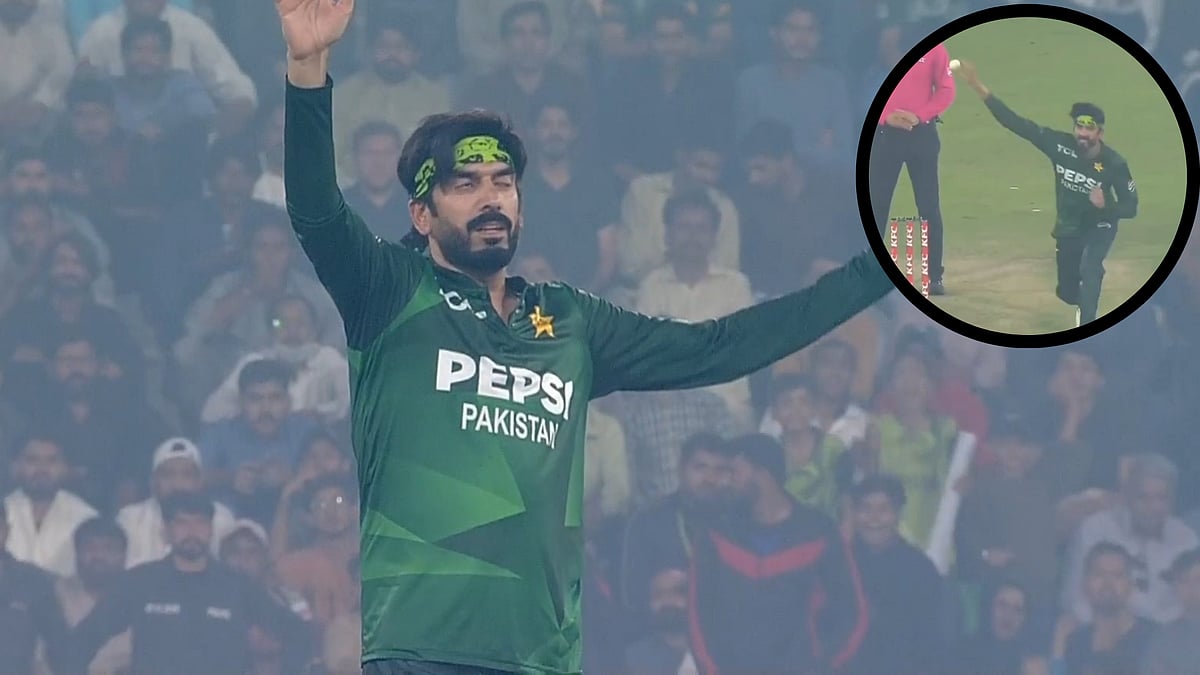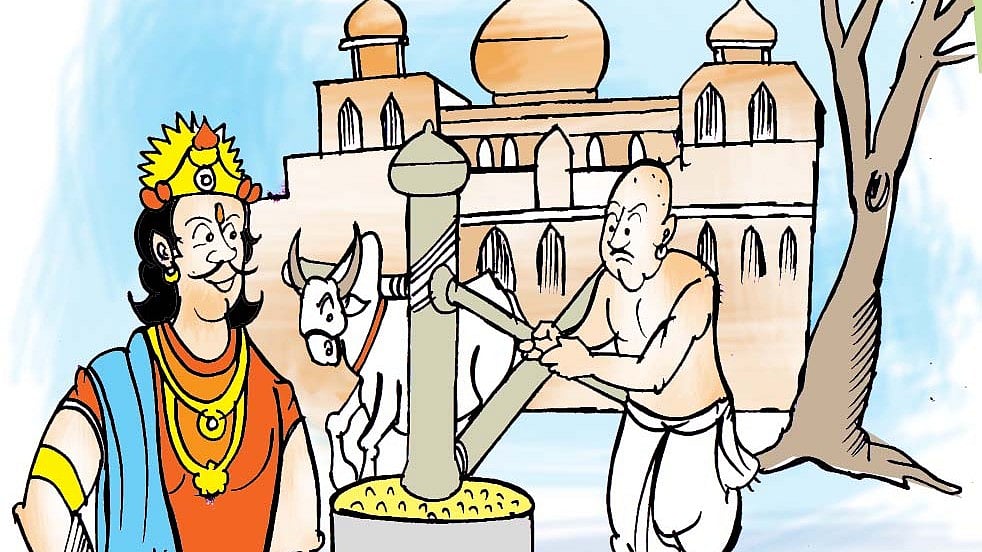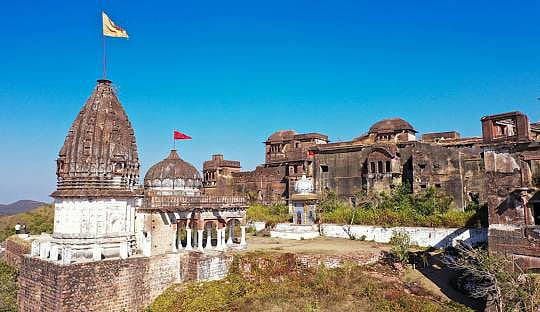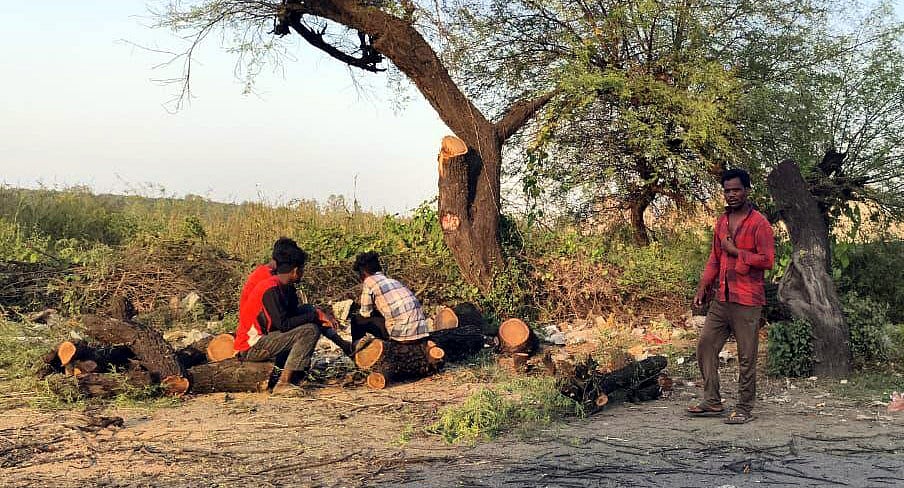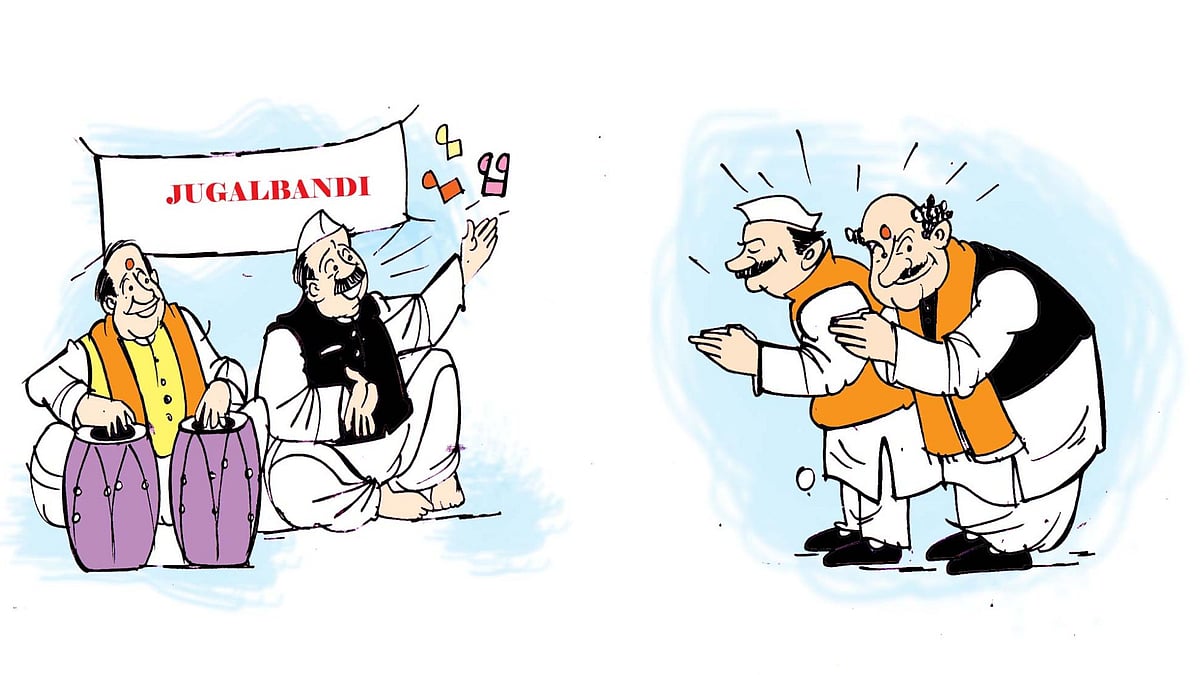There's Galla Water, Leader Haughs,
Both lying right before us;
And Dryborough, where with chiming Tweed
The lintwhites sing in chorus;
There's pleasant Tiviot-dale, a land
Made blithe with plough and harrow…
Yarrow Unvisited, William Wordsworth
The people of Madhya Pradesh are celebrating the state’s Foundation Day amid drizzles and chilly wind, which herald the advent of winter, so it is the right time to plan a trip to the state to enjoy the verdant sites, wet hillocks, and the cultural events.
A rolling stone loves such weather for a trip to a place surrounded by mountains garnished with the rain-fed forests and vast lakes.
Gallons of ink have been spilt on reams of paper to pen about different historical and tourist places of the state. But a lot of words are yet to be caged in words about Narsinghgarh, the Kashmir of the Malwa region, just 82 km from Bhopal.
A journey by road from Jaipur, or from Lucknow, to Bhopal through Narsinghgarh is a grand treat to a wanderer’s aching eyes. The landscape of the place forces a traveller to get off the vehicle to capture it on the canvas of his mind.
It is difficult to leave Narsinghgarh, as one stands paralysed by the sight under the blue sky that changes its tinges occasionally in the rainy season and beside the mountains encompassed by the bottle-green forests.
The fog and drizzle sometimes become the lord of the mountains and conceal them from sight.
The setting around the Baijnath Mahadeo temple becomes more vibrant in autumn than in any other season with the see-through water in lakes and the countryside carpeted with lush green grass. When the gentle breeze rustles through the crops, winnowing their heads under the falling golden sunlight, Narsinghgarh is echoed with the songs of birds.
This is the reason that the place charmed director and producer Mehboob Khan so much that immediately after arriving at Narsinghgarh in 1952, he called it ‘The Kashmir of Malwa’.
He decided to shoot India’s first colour film, Aan, starring Dilip Kumar, Nadira, and Prem Nath in this place. Most of the scenes of the film were shot at the Narsinghgarh Fort, Parasram Sagar Lake, and Goughati.
Several iconic scenes of a recent film, Stree 2, were shot in Narsinghgarh. Dewan Parasram set up the Narsinghgarh town in 1681, nearly 344 years ago, and the fort he built is out of the ordinary, and when its shadows reflect in the lake, it leaves a traveller wordless. He also built the Narsingh Dev Temple, after which the place has been christened as Narsinghgarh.
Other than the temple of Narsingh Dev, a form of Vishnu, there is an ancient temple called Topila Mahadeo Temple. The word 'Topila' has originated from ‘Toplis’ (baskets), as the people of the area earned a living by making baskets.
The Malwa School of Arts, now the Malwa School of Painting, located in Narsinghgarh, refers to a school of 17th-century Indian miniature painting well known for vivacious colours and fine brushwork, which burgeoned during the 18th and 19th centuries.
A noted painter from the Malwa School of Arts is Madhav Das, who has a collection of works called Rag Ragini; besides, the city has a rich musical heritage, and Ustad Rajab Ali Khan, a celebrated singer, was born in Narsinghgarh. One of his disciples was Ustad Amir Khan.
But the history of Narsinghgarh remains incomplete without the tales of the prince, Chait Singh, who was the youngest and first ruler who rebelled against the East India Company, leading a battle against its army in 1824 in Sehore, 37 km away from Bhopal, and fought a fierce fight. The company army asked Chait Singh to surrender, but he preferred to lay down his life, defending his motherland.
The scenic beauty, a storied past, music, and culture of Narsinghgarh captivate a wanderer so much that he becomes oblivious to everything around him and gets out of the trance when the driver says, “It is time to return home.” By the time it happens, the afternoon sun has set the dome of the Narsingh Dev temple, the lake, and the mountain aglow.
Arup Chakraborty
